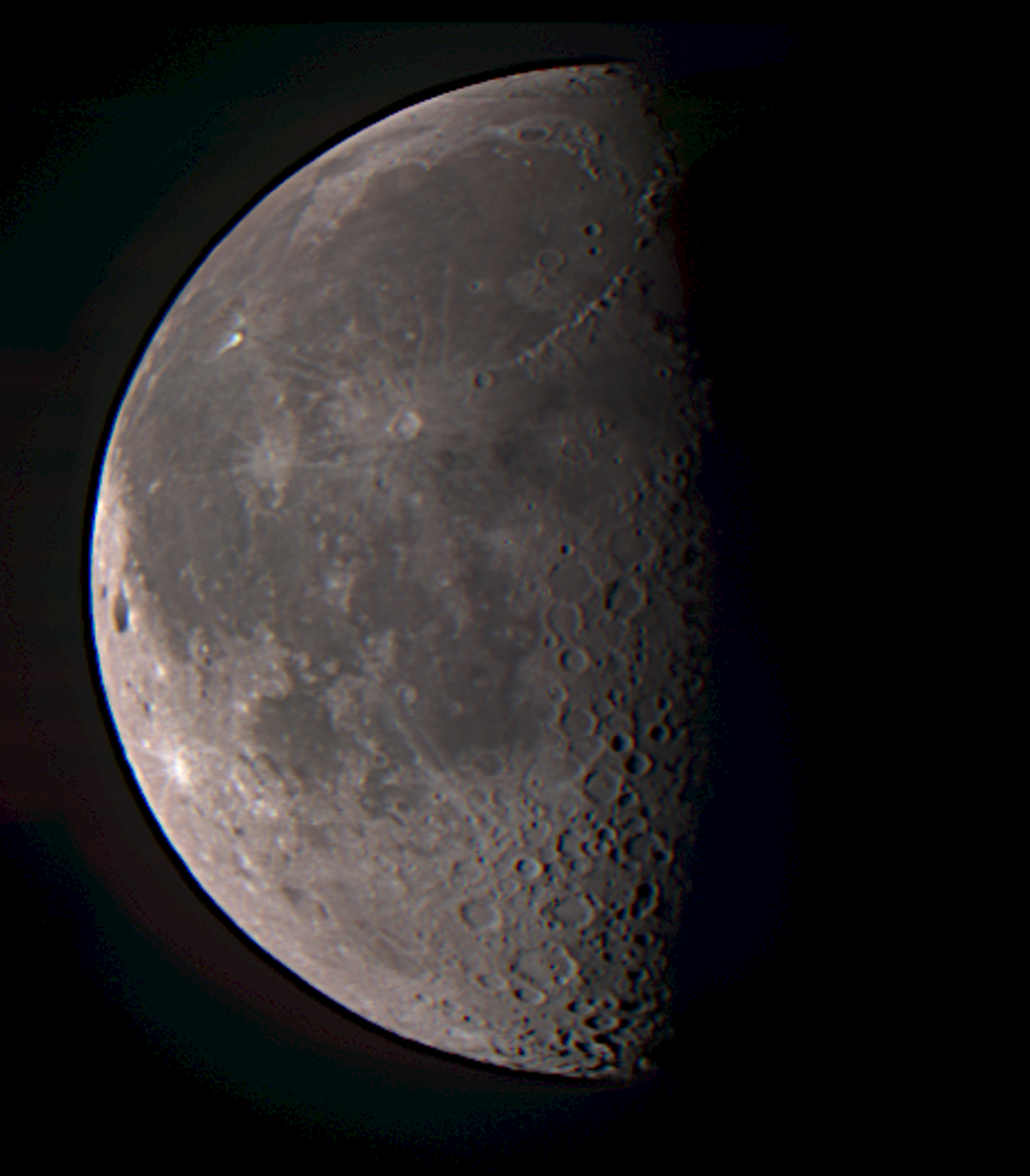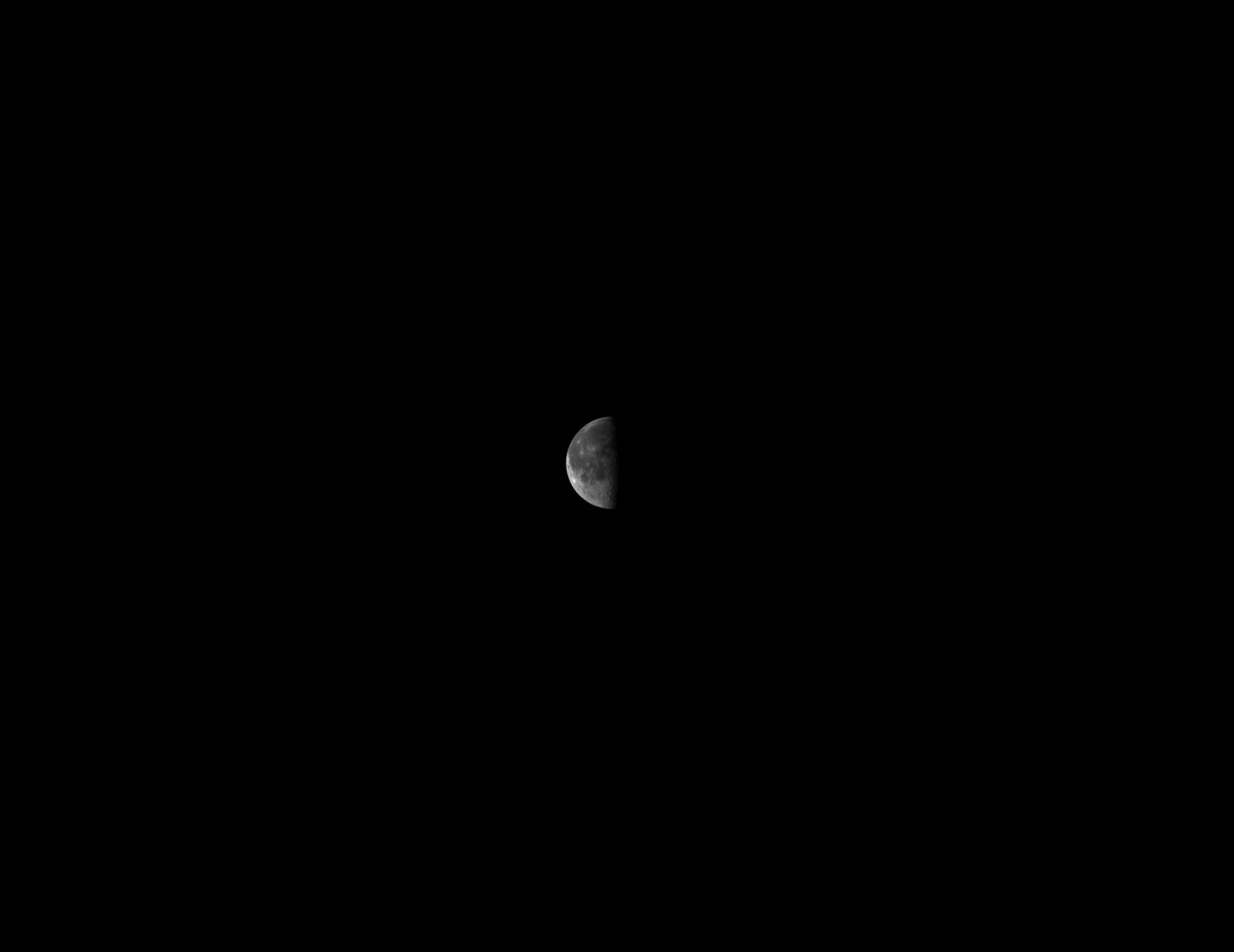The Multi-spectral Visible Imaging Camera (MVIC), which is a component of the L’Ralph instrument, collected this false-color image of the Moon on Oct. 16, 2022, during the first Earth gravity assist of NASA’s Lucy spacecraft. The view of this last quarter Moon is familiar to those on Earth because the spacecraft took this image while it was flying between the Earth and the Moon. Although it looks grey-tone, the image is a composite comprising data from the MVIC violet, green, and near-infrared channels.
The L’Ralph instrument was designed, built, and operated by NASA’s Goddard Spaceflight Center.Credit: NASA/Goddard/SwRI
NASA’s Lucy spacecraft captured this image of the Moon on Oct. 16, 2022, from a distance of 150,000 miles (240,000 km). This view of the last quarter Moon is familiar to observers from Earth as the spacecraft took this image while it was in between the Earth and the Moon during its first Earth gravity assist.
The image was taken with Lucy’s Terminal Tracking Camera (T2CAM) system, a pair of identical cameras that are responsible for tracking the asteroids during Lucy’s high-speed encounters. The T2CAM system was designed, built, and tested by Malin Space Science Systems; Lockheed Martin Integrated the T2CAMs onto the Lucy spacecraft and operates them.Credit: NASA/Goddard/SwRI
































